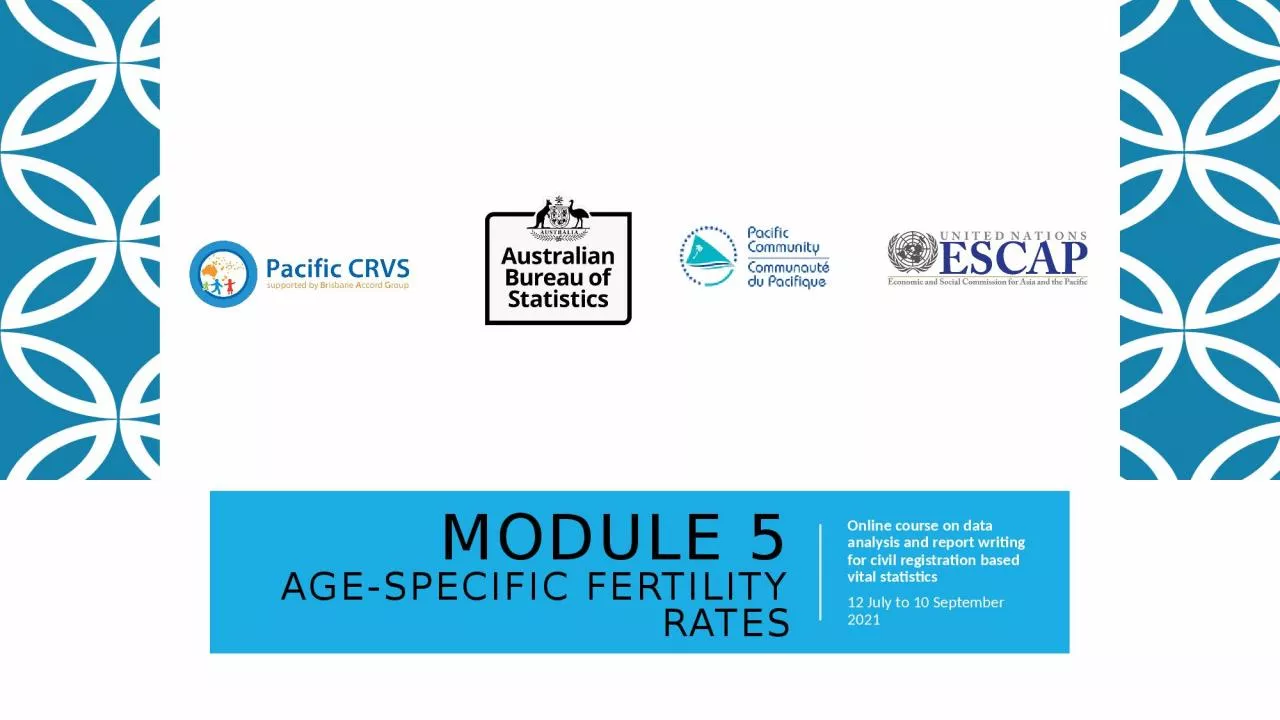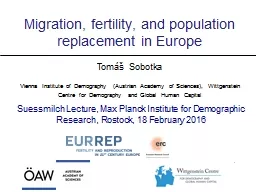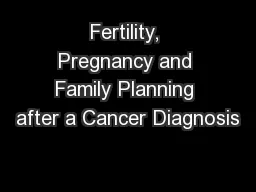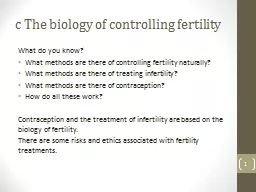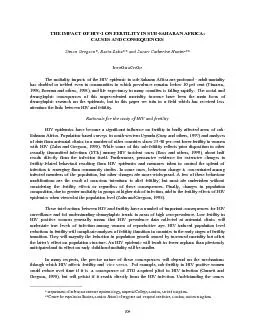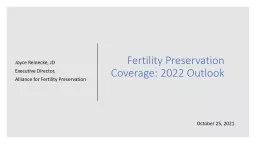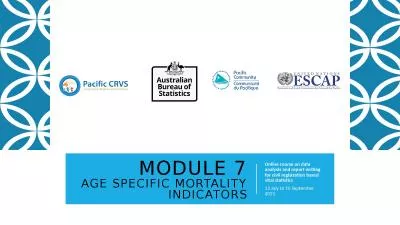PPT-Module 5 Age-specific fertility rates
Author : DynamicDiva | Published Date : 2022-08-02
Online course on data analysis and report writing for civil registration based vital statistics 12 July to 10 September 2021 1 Patterns of childbearing are different
Presentation Embed Code
Download Presentation
Download Presentation The PPT/PDF document "Module 5 Age-specific fertility rates" is the property of its rightful owner. Permission is granted to download and print the materials on this website for personal, non-commercial use only, and to display it on your personal computer provided you do not modify the materials and that you retain all copyright notices contained in the materials. By downloading content from our website, you accept the terms of this agreement.
Module 5 Age-specific fertility rates: Transcript
Download Rules Of Document
"Module 5 Age-specific fertility rates"The content belongs to its owner. You may download and print it for personal use, without modification, and keep all copyright notices. By downloading, you agree to these terms.
Related Documents

